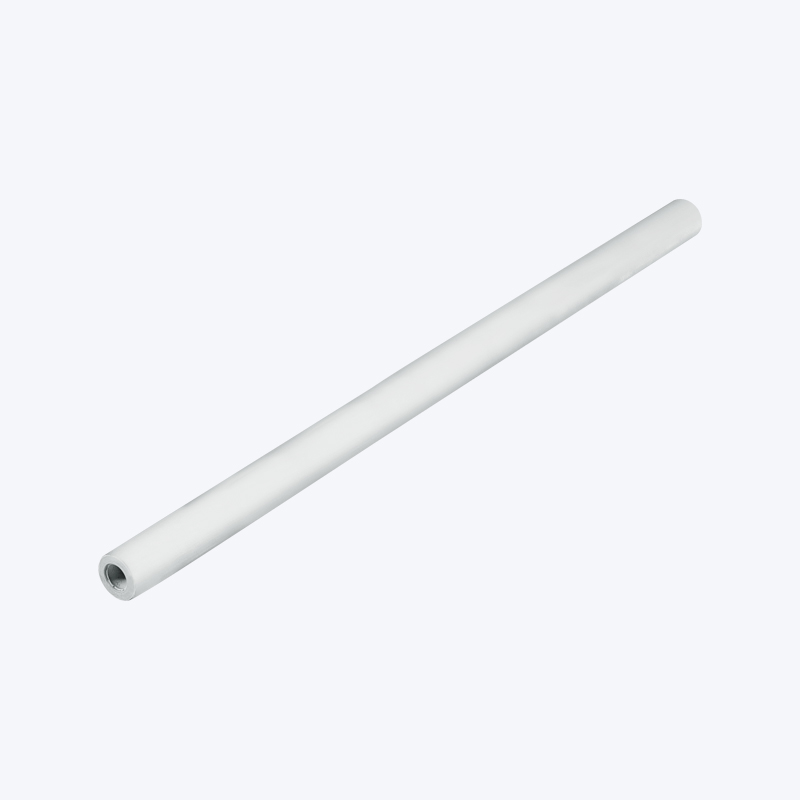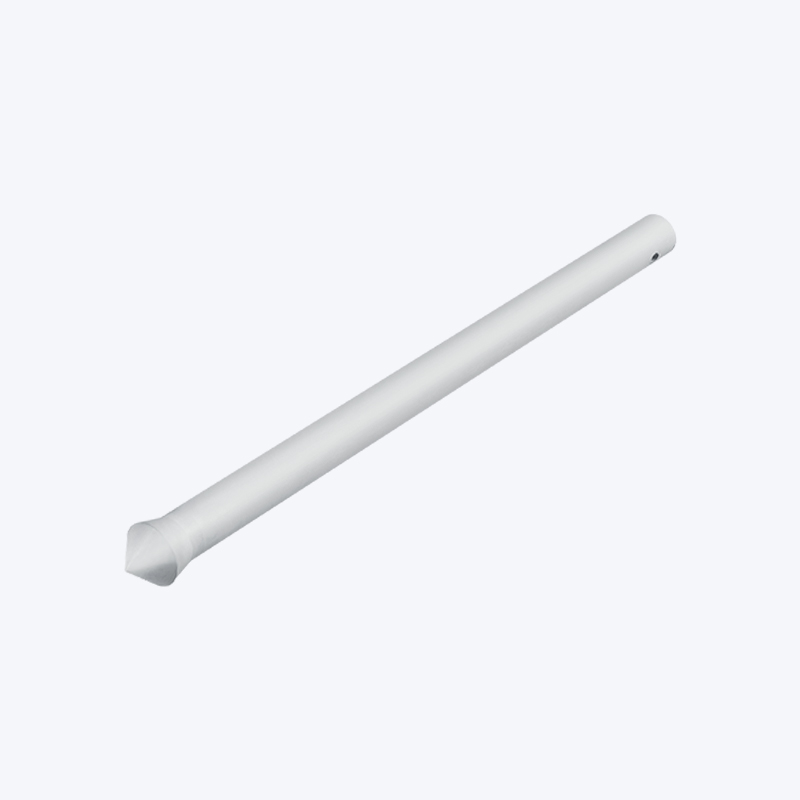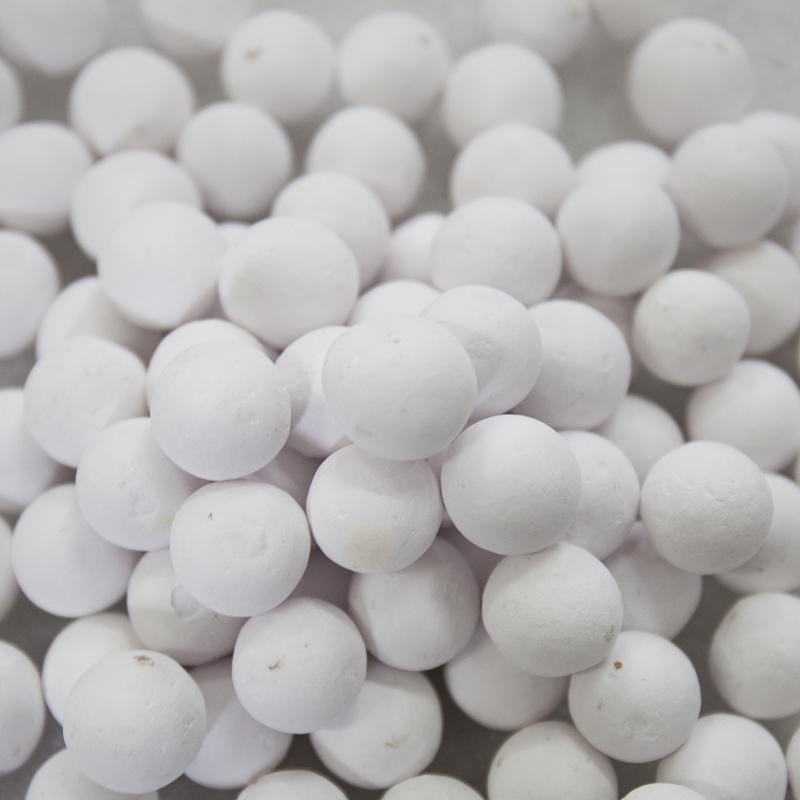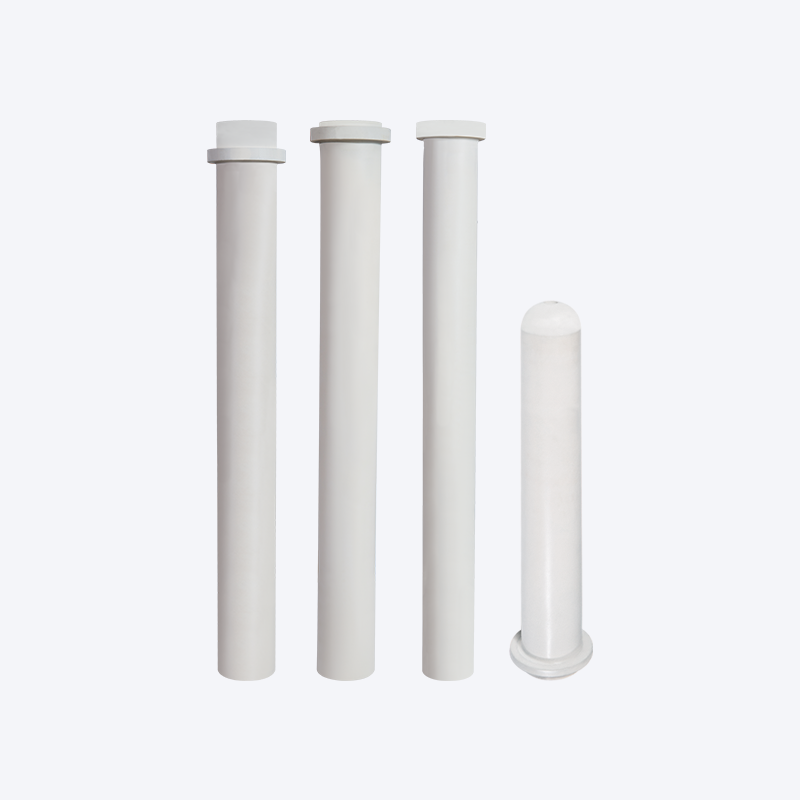Choosing the Right Aluminum Immersion Heater for Your Needs
Understanding Immersion Heaters
When it comes to heating liquids, an immersion heater is often the most direct and efficient solution. These devices are submerged directly into the medium they are meant to heat, which minimizes heat loss and speeds up the heating process. Aluminum, as a material for the heater's sheath, is a popular and practical choice. The key to effective heating is selecting the right aluminum immersion heater for the job, as various factors determine performance and safety.
Factors to Consider When Choosing
Selecting the correct heater goes beyond just its material. Several technical specifications must be considered to ensure it meets your requirements.
-
Wattage: The wattage of the heater determines its heating power. A higher wattage will heat a given volume of liquid faster. You need to match the wattage to the volume of the liquid and the desired heating time. For instance, heating a large industrial tank requires a much higher wattage than a small bucket of water.
-
Voltage: Ensure the heater's voltage rating matches your power supply (e.g., 110V, 220V, or 480V). Using a heater with an incorrect voltage can cause it to malfunction or be a safety hazard.
-
Physical Dimensions: The heater's size, including its length and the diameter of the aluminum sheath, must fit comfortably within the container. The design should allow for the heater to be fully submerged without touching the container walls or bottom.
-
Liquid Compatibility: While aluminum is resistant to many liquids, it is not suitable for all of them. For highly acidic or alkaline solutions, an aluminum sheath might corrode. In such cases, alternative materials like stainless steel or titanium would be more appropriate. Always check the heater's specifications for its intended applications.
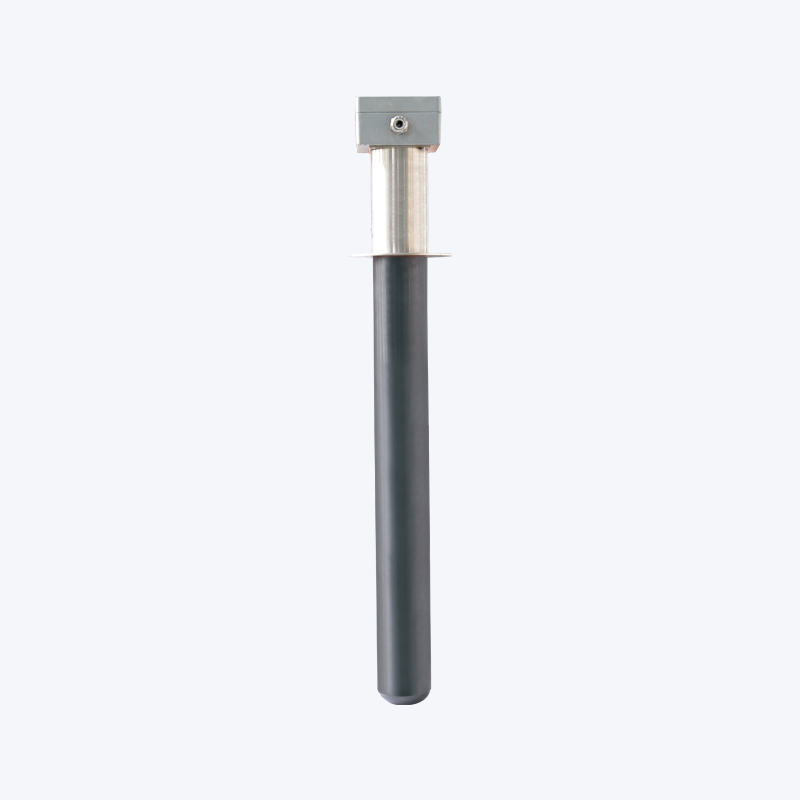
Types of Aluminum Immersion Heaters
Immersion heaters come in various designs to suit different applications. Understanding these types can help you make a more informed choice.
-
Screw Plug Heaters: These are designed with a threaded plug that screws directly into a matching port on a tank. This design is common for industrial applications and larger tanks, providing a secure and sealed connection.
-
Flanged Heaters: Flanged heaters are used for high-pressure or large-scale applications. They have a mounting flange that bolts to a mating flange on the tank, ensuring a strong and leak-proof seal.
-
Over-the-Side Heaters: This type is designed to be hung over the side of a tank, with the heating element submerged in the liquid. They are highly portable and ideal for temporary or small-scale heating tasks where a permanent installation isn't practical.
Installation and Sizing
Proper installation is critical for both the safety and efficiency of your aluminum immersion heater. The heater should always be positioned to allow for adequate liquid circulation around the heating element. This prevents localized boiling and hot spots, which can damage the heater and the liquid. When sizing a heater, a good rule of thumb is to calculate the energy required to raise the liquid's temperature by a certain number of degrees per hour. Formulas are available to help with this calculation, but as a rough guide, a higher wattage is needed for a larger volume or a faster heating rate.
Lifespan and Maintenance
The lifespan of an aluminum immersion heater is directly related to its application and how well it is maintained. In clean water, these heaters can last for years. However, in environments with contaminants or hard water, maintenance is more frequent. Regular inspection, cleaning, and replacement of parts like thermostats or seals when they wear out can significantly extend the life of the heater. Always follow the manufacturer's guidelines for maintenance and operation to ensure safe and efficient performance.
Contact Us for Quotes and Prices!
Just let us know what you want, and we will get in touch with you as soon as possible!

 English
English 简体中文
简体中文



